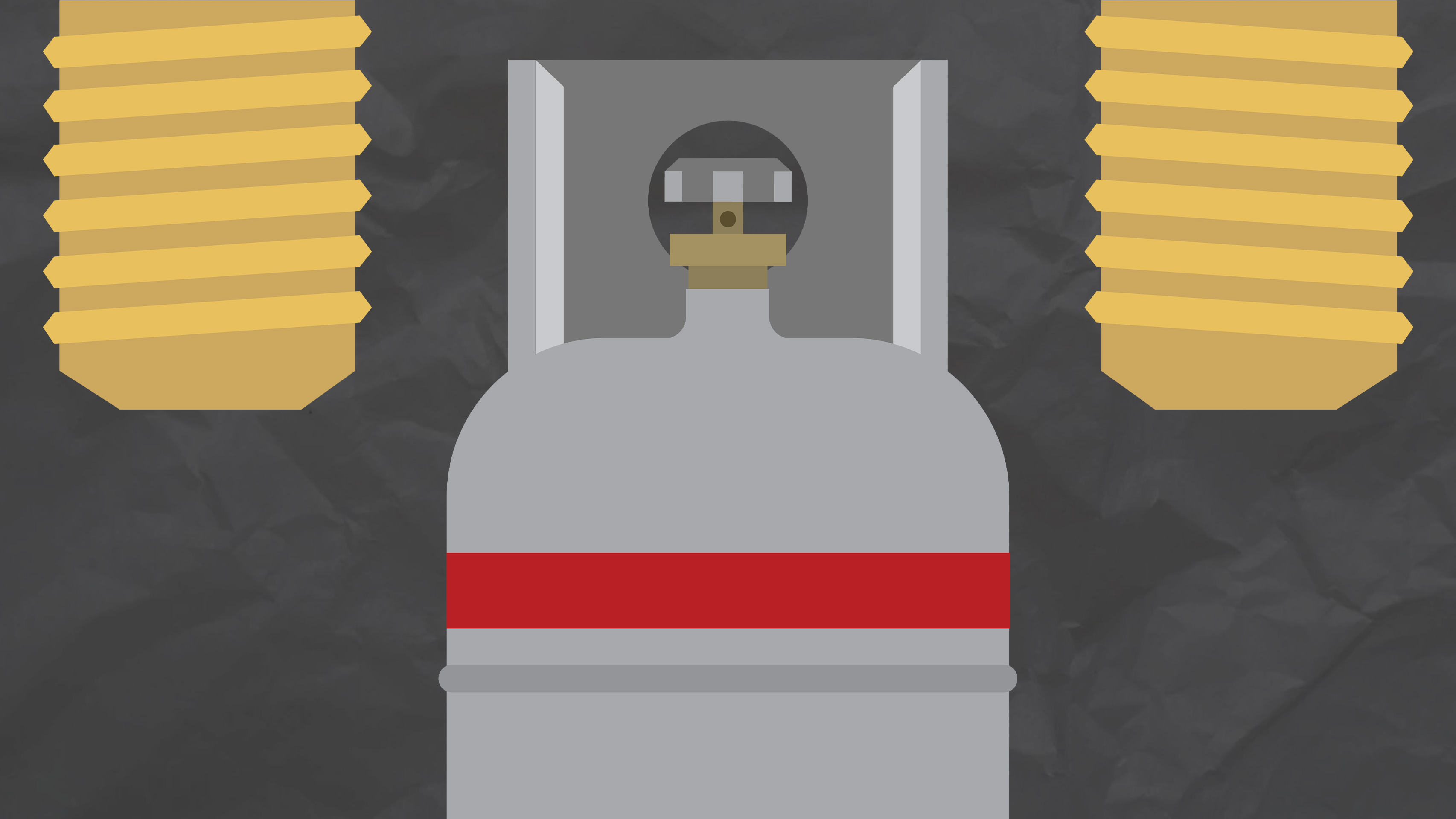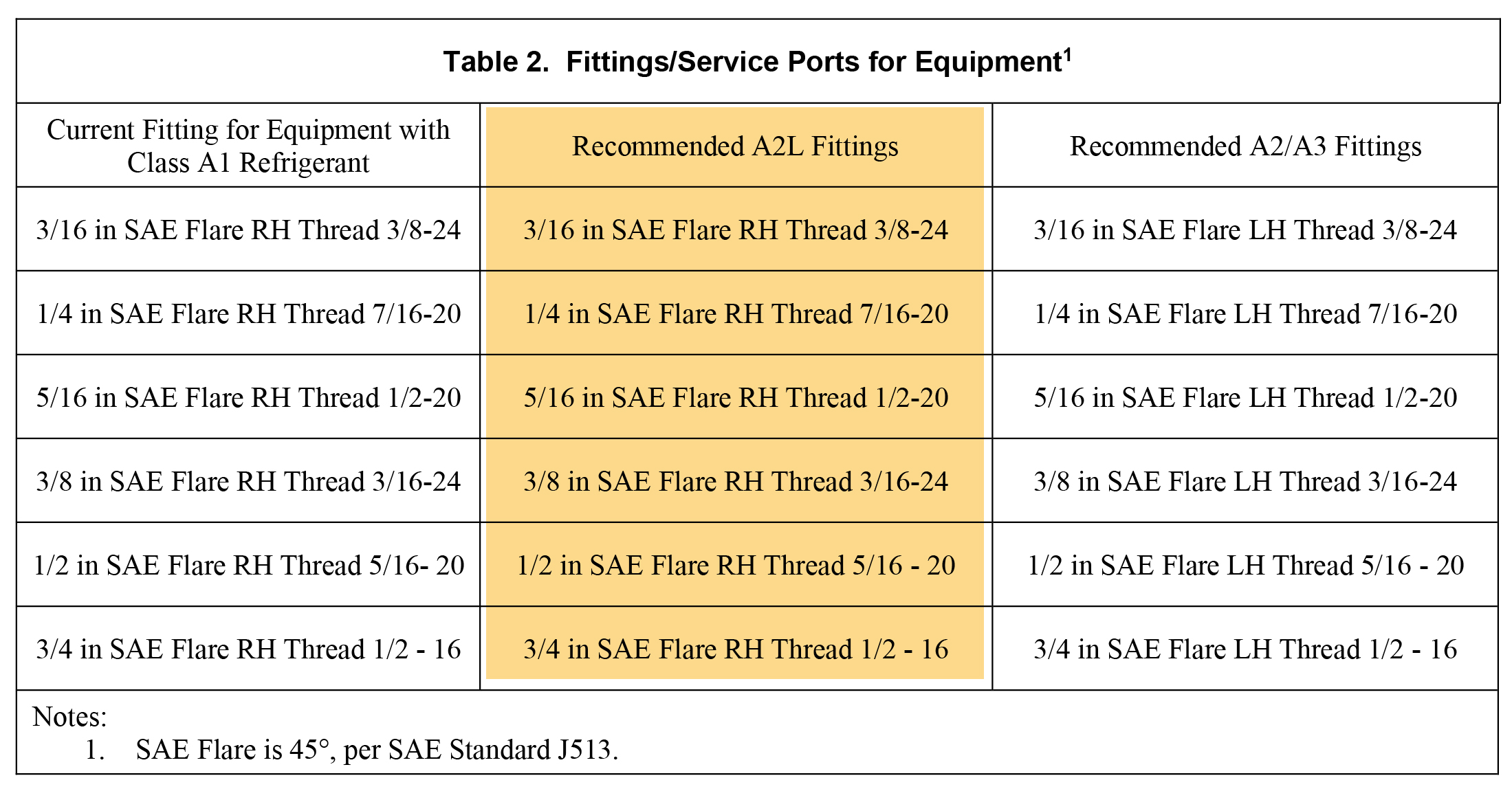A2L and Left Hand Threads: What We Know So Far For The US Market
Posted by Appion on Oct 21st 2024
Safety First: The Technician's Role
It's the technician's responsibility to recover refrigerant into the correct, designated cylinder. Always double-check the threads and refrigerant labels to ensure proper handling.
As the industry evolves, it is crucial to stay up-to-date on the latest guidelines and best practices. For detailed information on refrigerant handling and safety, familiarize yourself with AHRI's Guidelines K and Guidelines M.
Understanding A2L refrigerants and left-handed threads is key to improving safety and efficiency in the HVAC/R industry. Let's share this knowledge and work together to elevate safety standards across the board.
A2L and Left Hand Threads: What We Know So Far For The US Market
Recent discussions within the HVAC/R industry have highlighted some confusion surrounding A2L refrigerants and left-handed threads. Ensuring the appropriate equipment is used with the right refrigerant is critical.

While A2Ls are often labeled as "mildly flammable," it's crucial to remember that organizations like AHRI still classify them as flammable refrigerants. This distinction matters because it directly impacts safety protocols and equipment handling.
Thread-Specific Interfaces: A Safety Net
To minimize the risk of accidents, the US has adopted thread-specific interfaces for different refrigerant classes. AHRI has also updated its Guideline K to include flammable refrigerants. Here's the breakdown:
- Class A1: Right-hand threads all around.
- Class A2L: Left-hand thread on the cylinder, right-hand on the system.
Section 4.1.1 below is pulled from Guideline K in reference to recovery cylinders.
“4.1.1 Valve Outlet Connections
- For non-flammable recovery cylinders, the valve outlets shall be right-handed threads,
- For flammable recovery cylinders, the valve outlets shall be left-handed threads.
- Valve outlet connections should comply with CGA V-1.
- Pressure relief devices are required to comply with CGA S-1.1.
- Valves used for vapor or liquid withdrawal, or both, should be clearly identified and marked.
- For flammable fluorocarbon refrigerants please refer to Guideline M for additional valve specifications”
Table 2. below is pulled from Guideline M in reference to system service ports.

This system helps ensure that the right refrigerant ends up in the right container, reducing the chance of dangerous mix-ups.
References:
Guideline K-2024: Containers for Recovered Fluorocarbon Refrigerants
Guideline M: Unique Fittings and Service Ports for Flammable Refrigerant Use

